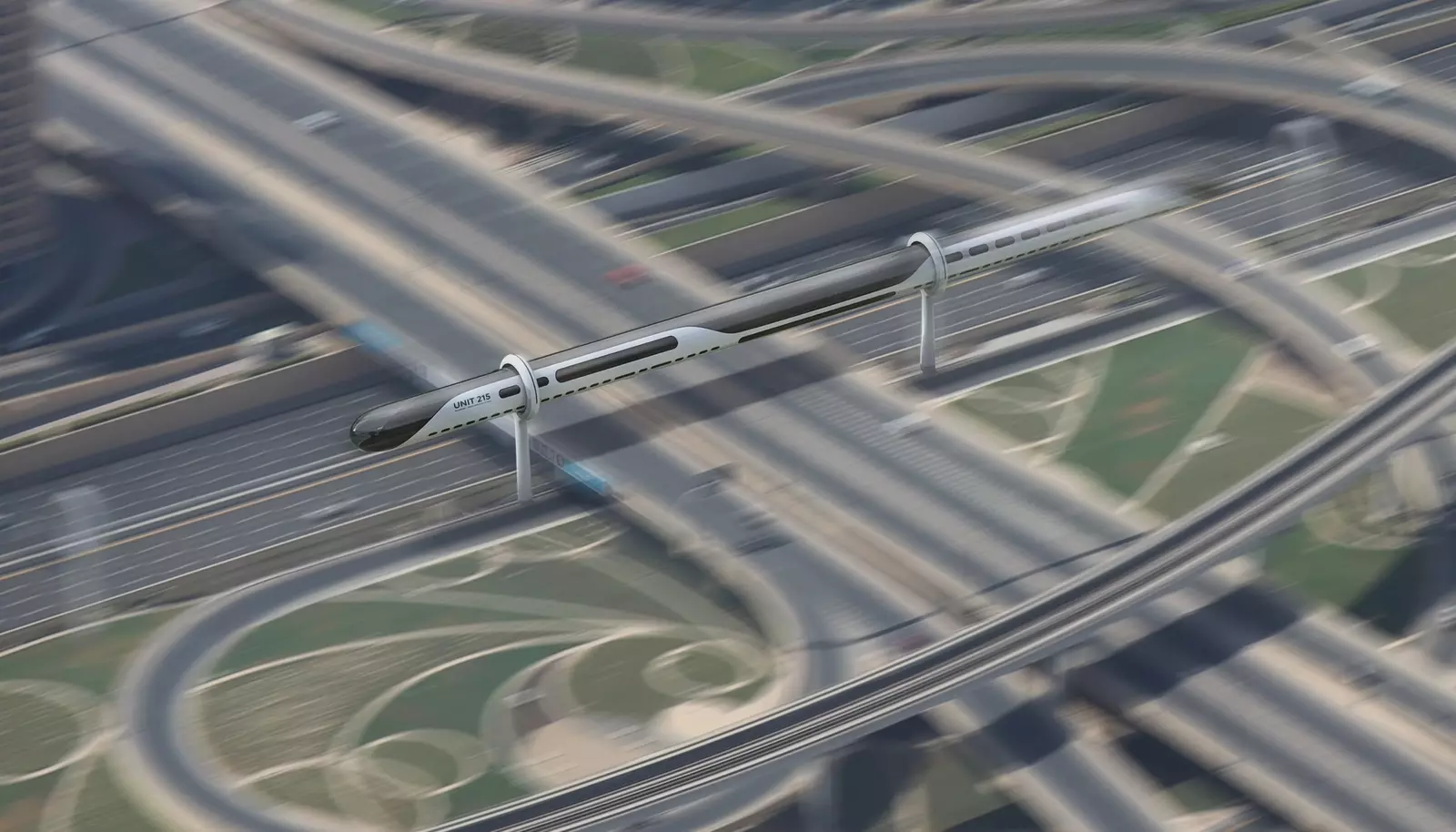Vertical Urban Mobility: Why the future of urban development lies far above the ground
Vertical Urban Mobility is not a thing like the 15-minute city but achieving the latter in new cities (mainly Asian and Africa) in our near future may be impossible without the former. The reason is simple: As global populations balloon and the number of urban dwellers skyrockets, the ground would be unable to efficiently contain all of us. Look at it this way. We, popularly speaking, need to build the same urban capacity in the next 40 years as we’ve done in the previous 4000. We also need to build in an eco-friendly way, given the reality and imminence of climate catastrophes. A path to such a greener future is also upwards.
What vertical urban mobility solutions will be prevalent in the future?
Nobody knows what precisely will constitute the prevalent vertical urban mobility solutions of the future. But there are a few pointers. To name some: Cable cars like Bogota’s Téleferico, escalators like Hong Kong’s Central–Mid–Level, the Chinese ‘Straddle Busses’, Wuppertal’s suspension trains, Dissing+Weitling’s bicycle bridges, the elevated streets of Copenhagen’s 8HOUSE illustrate how vertical urban mobility—paired with horizontal mobility—could evolve in no distant time. The architecture of urban buildings is just one part. How our transportation systems integrate the vertical movement of people is another. Right now, the best answers we have are questions.
The first question regarding transportation would have to be, how much of it can we take off the ground? In public transport, suspended trains that convey people directly to the upper floors of buildings are gradually growing. Should buses and trams follow suit? In private/personal transport, can we adapt EVs and bicycles for door-to-door transportation, even for people who live on the 36th floor? Cargo collection and delivery services are a big part of our lives. Do they all have to come through the ground floor? Would flying autonomous electric vehicles and robots be better at handing us our packages? The biggest question, however, will be which of these will enable a green and desirable future?
In a sense, we are at the same spot, with vertical urban mobility, where we went from horse carriages to cars. We knew a bit about the fundamentals, but not which typologies would win and how they would look. For example, we know that whatever solutions we end up with for vertical urban mobility, they will most likely be electric, have some level of intelligence and connectedness and be space efficient.
What is Urban Air Mobility?
We don’t know yet what the mobility objects of the future will look like, although some would have you believe it is Urban Air Mobility. In city centres, this is very unlikely, because Urban Air Mobility refers to just one specific solution or machine. Virtually all urban experts agree that efficient urban mobility is multi-modal. There will be no single means of transport that takes all, not now, with horizontal mobility, not in the future, with vertical urban mobility. The insight of Urban Air Mobility is the horizontal axis, not necessarily the specific solution. That is why it is best to look at the plethora of possibilities that can shape the future of urban transportation vertically.
First and last mile of movement in cities likely to become horizontal It is critical, right now, that we begin to embrace Vertical Urban Mobility as a concept and keenly explore how it could complement today’s horizontal thinking. The key is holistically viewing cities as dynamic entities on and above the ground. For generations, city planners have held a horizontal ‘flat-earth’ view of the movement of people. Now we need to seriously consider how to navigate our cities upwards and sideways. It starts with reimagining how we build for living, work and mobility as well. The first mile and last mile is likely to become horizontal. This may end with redefining the principles for 21st-century urban development and transport.
Read the full article here



